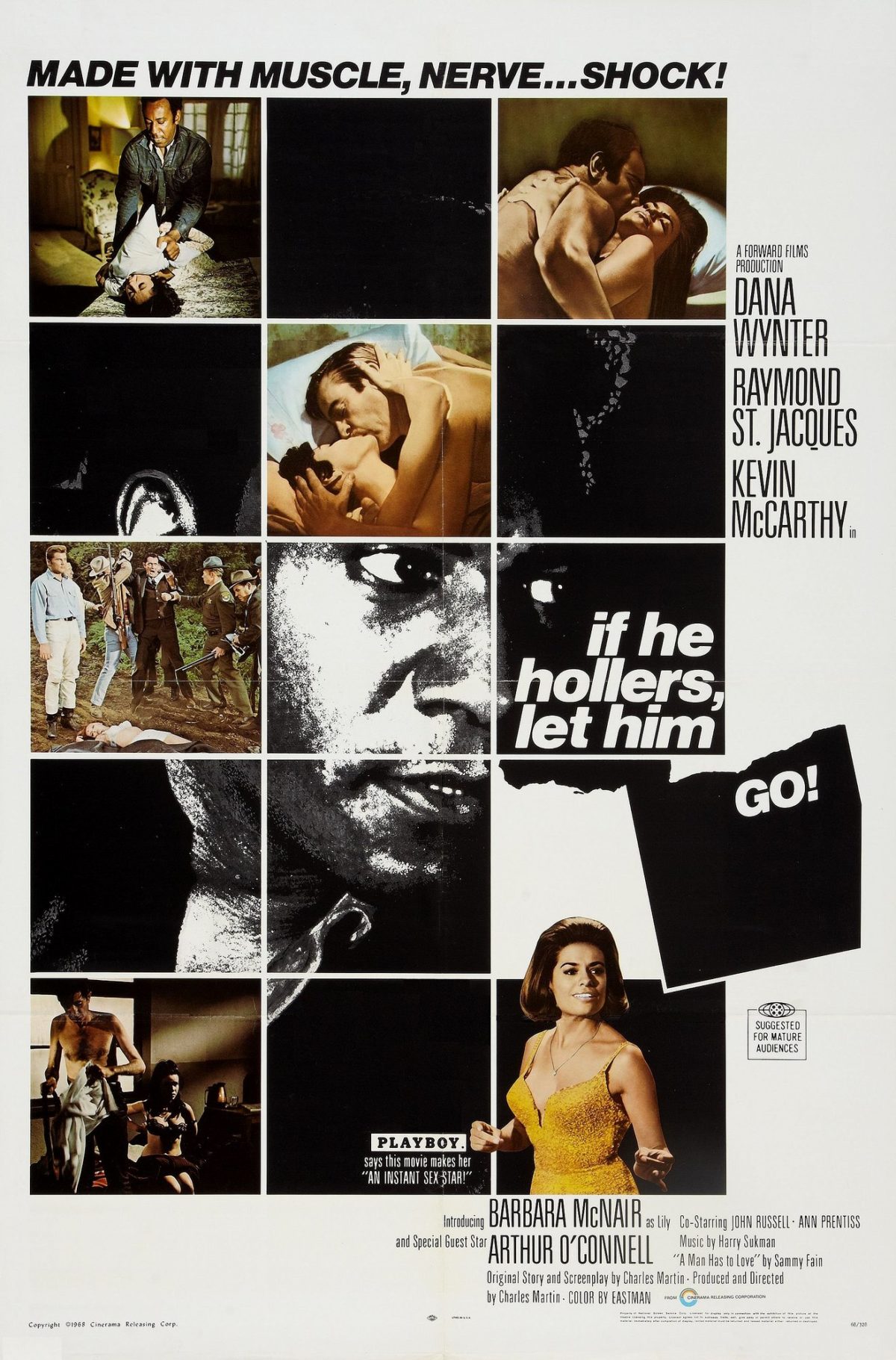Emerging in the interwar years primarily in the United States, both modernism and noir express cynicism, nostalgia, and the cyclical nature of life. Raymond Chandler’s Farewell, My Lovely is an edifice of noir. The central action of the plot revolves around mysteries or crimes that contribute to the downfall of protagonist Philip Marlowe; this is similar to the downfall of Sam Spade in Dashiell Hammett’s The Maltese Falcon. Both white male protagonists face the anarchy of the 1930s and 1940s with cynicism, the belief that people only act in their own self-interest. Marlowe and Spade treat the people around them with bluntness and insensitivity to their emotions. Yet their unchanging moral codes appear to justify their contempt for greed and dishonesty.
Not only that, but Marlowe and Spade are able to play in the moral shadows of their world without completely descending into its depths; this is because they are not considered to be “other.” Marlowe and Spade are required to complete both physical and metaphysical journeys that are cyclical in nature as antiheroes that paradoxically uphold moral codes. That is, Marlowe and Spade do not fit the descriptions of queer, black, female, and foreign characters that they consistently belittle.
Nostalgia also plays an important role in the intersection between modernism and noir; the places that Marlowe and Spade used to know remain largely the same except for the “otherness” of the characters that have moved in. Even the definition of what it means to be white is changing. Both Brigid O’Shaughnessy and Velma Valento play the part of the femme fatale in these novels; the former is of Irish descent, and her pale skin and red hair are frequently described by Chandler in an effort to invoke a connotation of a foreign criminal. Velma, on the other hand, passes as white because she trades her red hair for a bleach blonde.
